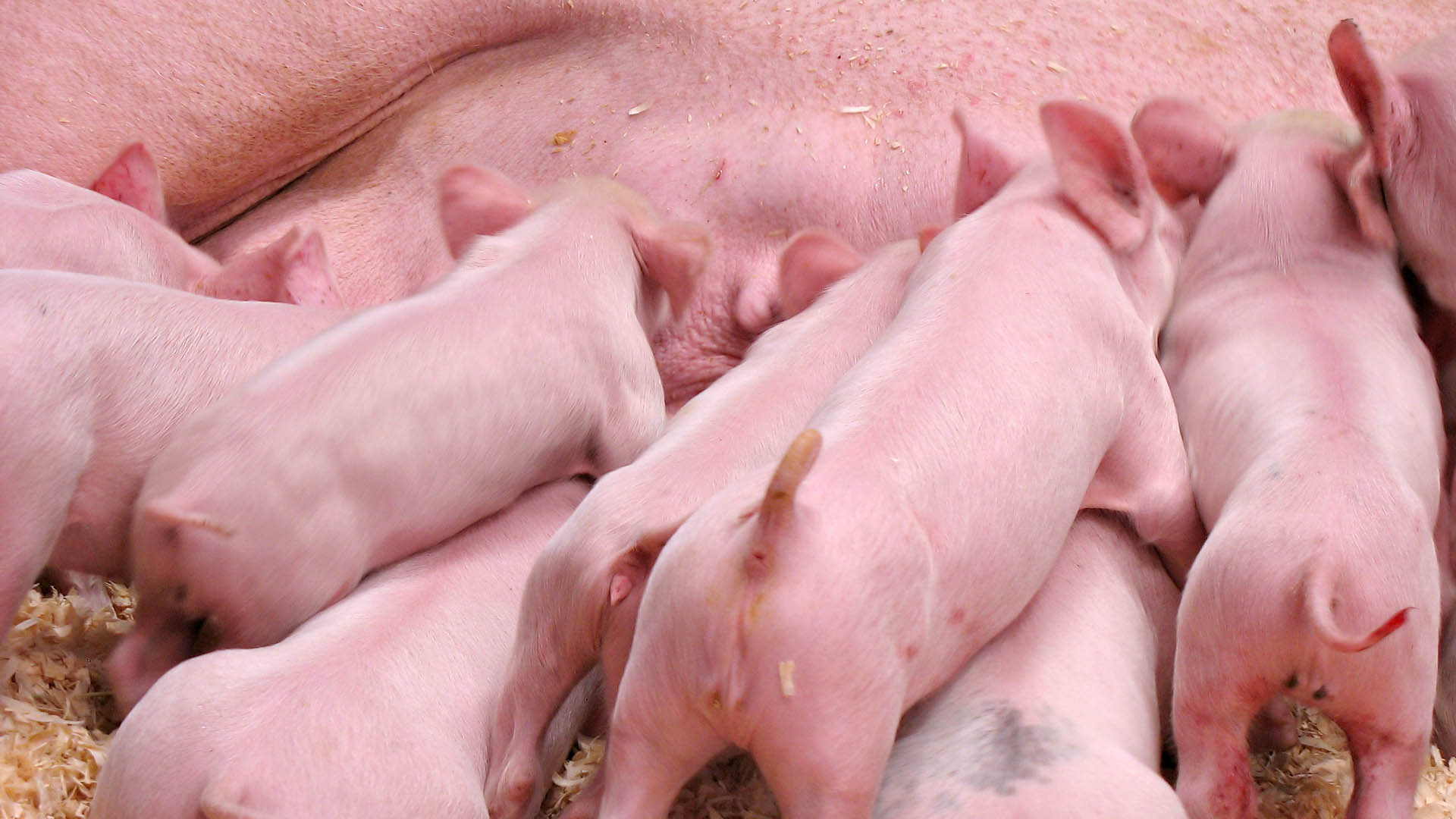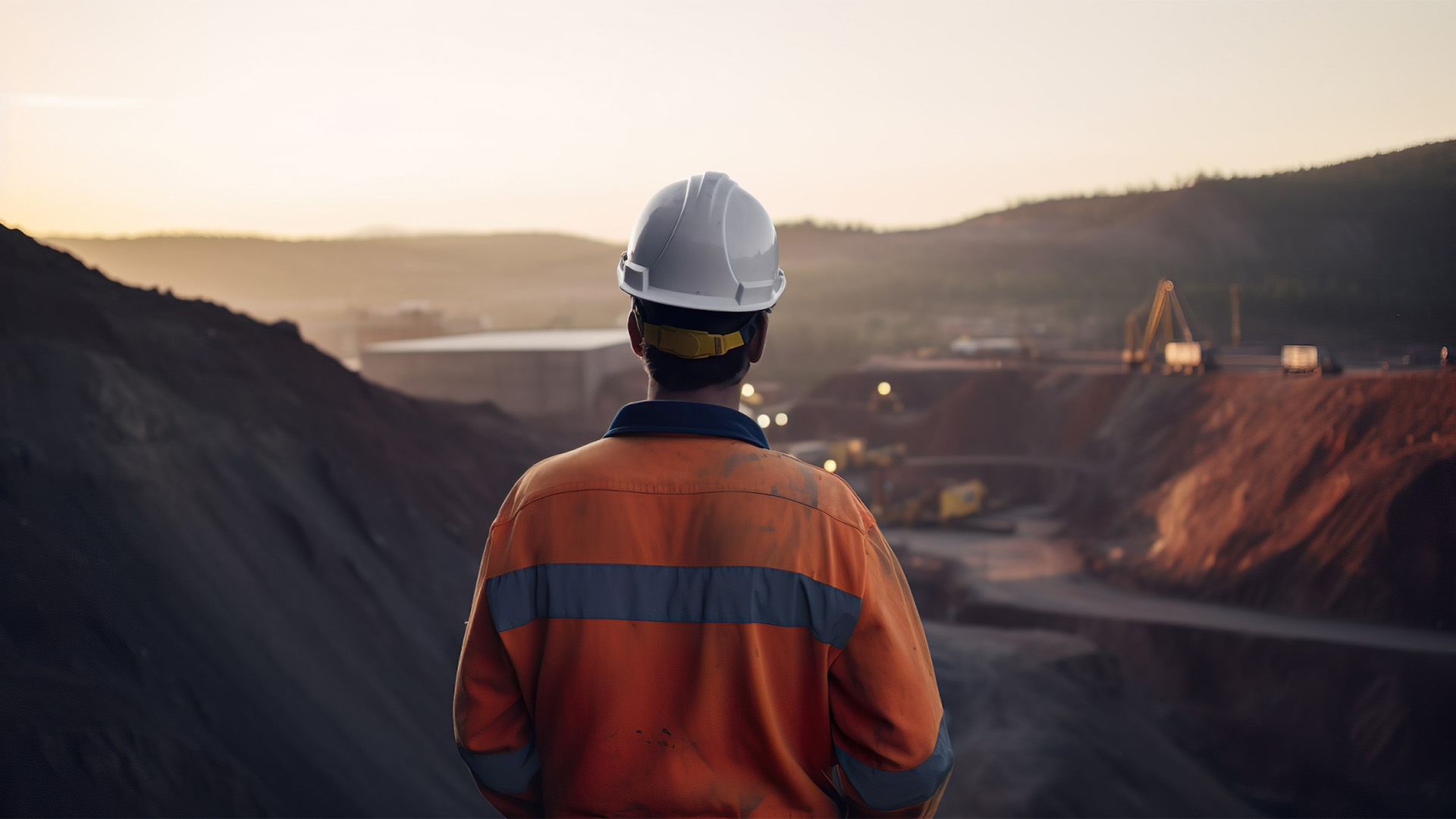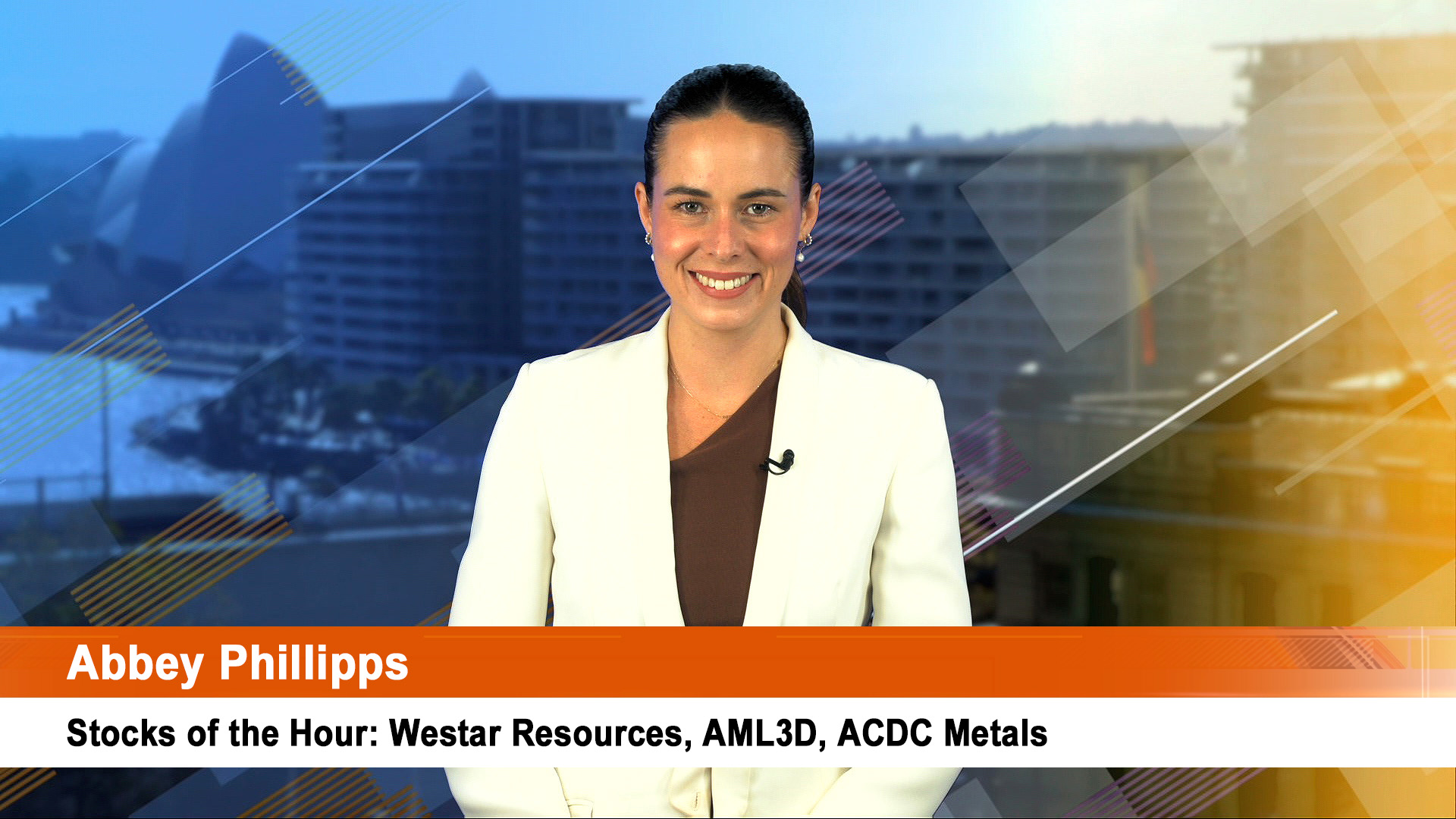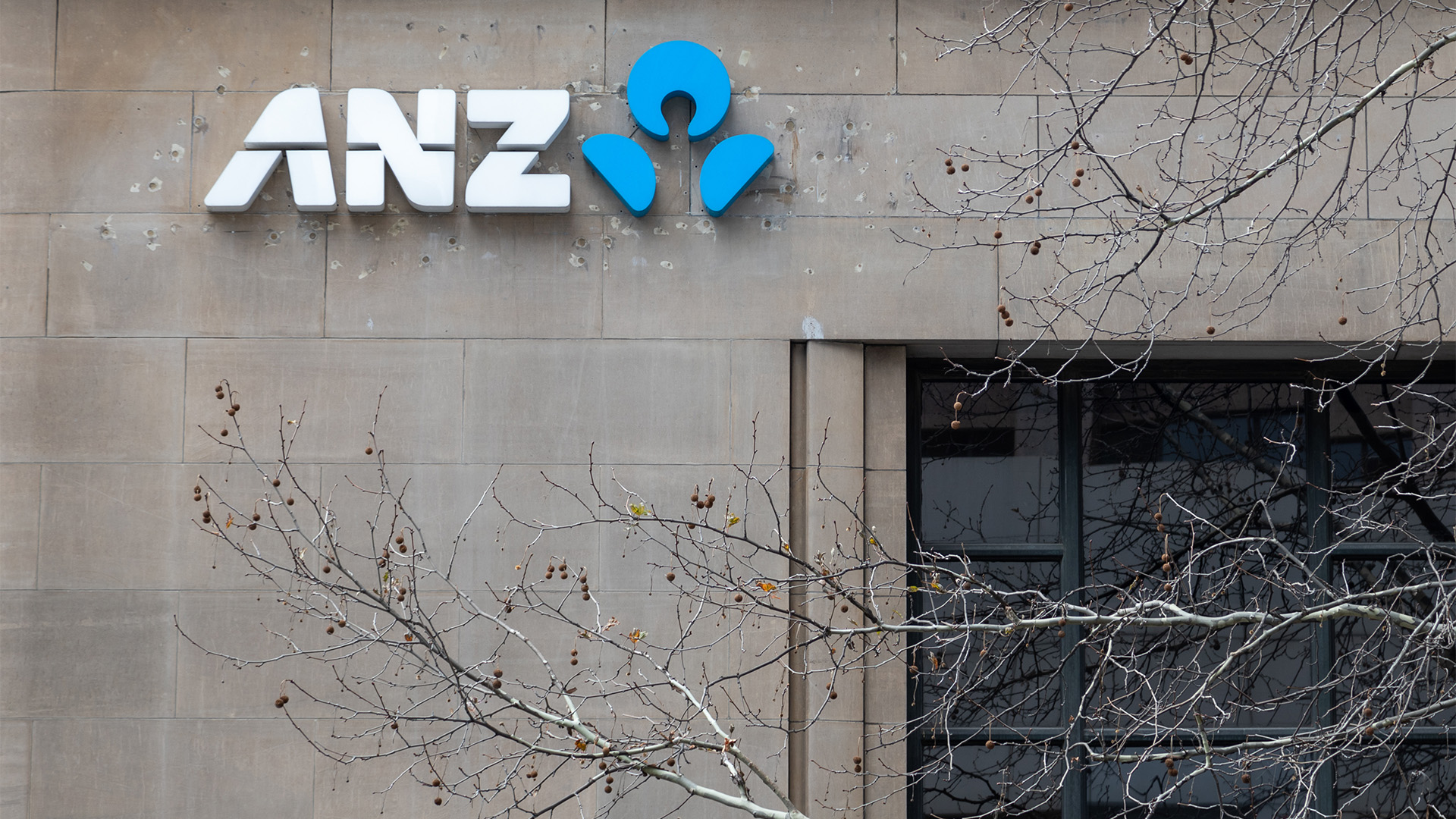What a difference a year makes.
A year ago this week BHP Billiton (BHP) shares were trading around $17.18 as a savage downturn in commodity prices rattled the sector, triggering a flood of red ink, write downs and other cutbacks for it and its peers.
Billions of dollars of losses were announced, tens of thousands jobs cut as the downturn from 2015, especially in oil and gas deepened, sending companies broke, forcing massive cuts in spending and future plans.
No one was exempt, BHP and Rio Tinto (RIO) were forced to abandon their progressive dividend policy. For some in finance and the industry it was the end of era.
A year later and its all different – commodity prices are up, share prices are soaring, demand is rising (blame China for most of that) and the resources sector has survived.
BHP shares closed at $27.73 on the ASX yesterday up 54% on a year ago.
BHP yesterday confirmed that with a swing Tuesday back to profit in the December half year, rewarding shareholders with a higher than expected interim dividend.
The lift in earnings prompted a boost to the interim dividend to 40 US cents a share from 16 US cents a share a year ago.
Of the payout, 30 US cents is in line with BHP’s policy to pay out half of earnings as dividends, with a 10 US cents a share top-up to reflect “the importance of shareholder returns and confidence in the company’s performance”, chief executive Andrew Mackenzie said. (sounds like a ‘loyalty’ payment)
The company reported a $US3.2 billion ($A4.2 billion) underlying profit for the first half of 2017, up from just $US412 million a year ago.
The improved results reflect a resurgence in commodity prices, especially iron ore, coal and copper, and the company’s recovery following write offs linked to its expansion into US shale oil and gas and the Samarco disaster in Brazil.
Net profit was $US6.06 billion in the six months to December 31 compared to a loss of $US7.03 billion a year earlier. Revenue rose a modest 20% to $US18.8 billion for the half year.
Mr Mackenzie said the “strong result” reflected several years of productivity improvements and a redesign of the company’s operating model. “Our steadfast commitment to this plan has positioned us to take full advantage in a period of higher prices,” he said.
BHP’s improved result and higher dividend mirrors Rio Tinto’s decision earlier this month to lift its dividends and announce a $500 million share buyback.
The increased returns for shareholders follow a spike in commodity prices, which boosted BHP’s underlying earnings before interest, tax, depreciation and amortisation (EBITDA) to $US9.9 billion, up 65% from $USUS5.9 billion in the same period a year ago.
The price of iron ore, which makes up about half of BHP’s profits remains at two year highs above $US90 – double the price a year ago when there was nothing but doom and gloom about the industry and its future.
In the December half of 2015, the group booked a $US5.4 billion loss, due to heavy write-downs on its US oil assets and the impact of the cost of the Samarco disaster.
BHP used the surge in revenue to slash net debt to $US20.1 billion, from $US26.1 billion a year earlier.
The underlying EBITDA contribution from iron ore hit $US4.2 billion in the half, up from $US2.8 billion a year earlier, with coal contributing $US2 billion, up from just $155 million a year earlier. Copper chipped in $US1.74 billion, nearly double the year earlier’s $US829 million.
Unsurprisingly, the petroleum division saw a decline, dropping to $US2 billion from $US2.2 billion due to the decision earlier to curtail production in the US amid weak prices.
Despite the improvement, BHP remains cautious, especially about China.
It warned that developments in China could take some of the sting out of the strong rise in iron ore prices.
“The (iron ore) market is likely to come under pressure in the short term from moderating Chinese steel demand growth, high port inventories and incremental low cost supply,” it told investors on Tuesday.
Similar developments in China could pressure coal prices. In fact coal prices have fallen steeply from their peaks of close to $US300 a tonne for hard coking coal to under $US200 a tonne, while thermal coal prices are also weaker as China allows its mines to produce more coal during the winter.













